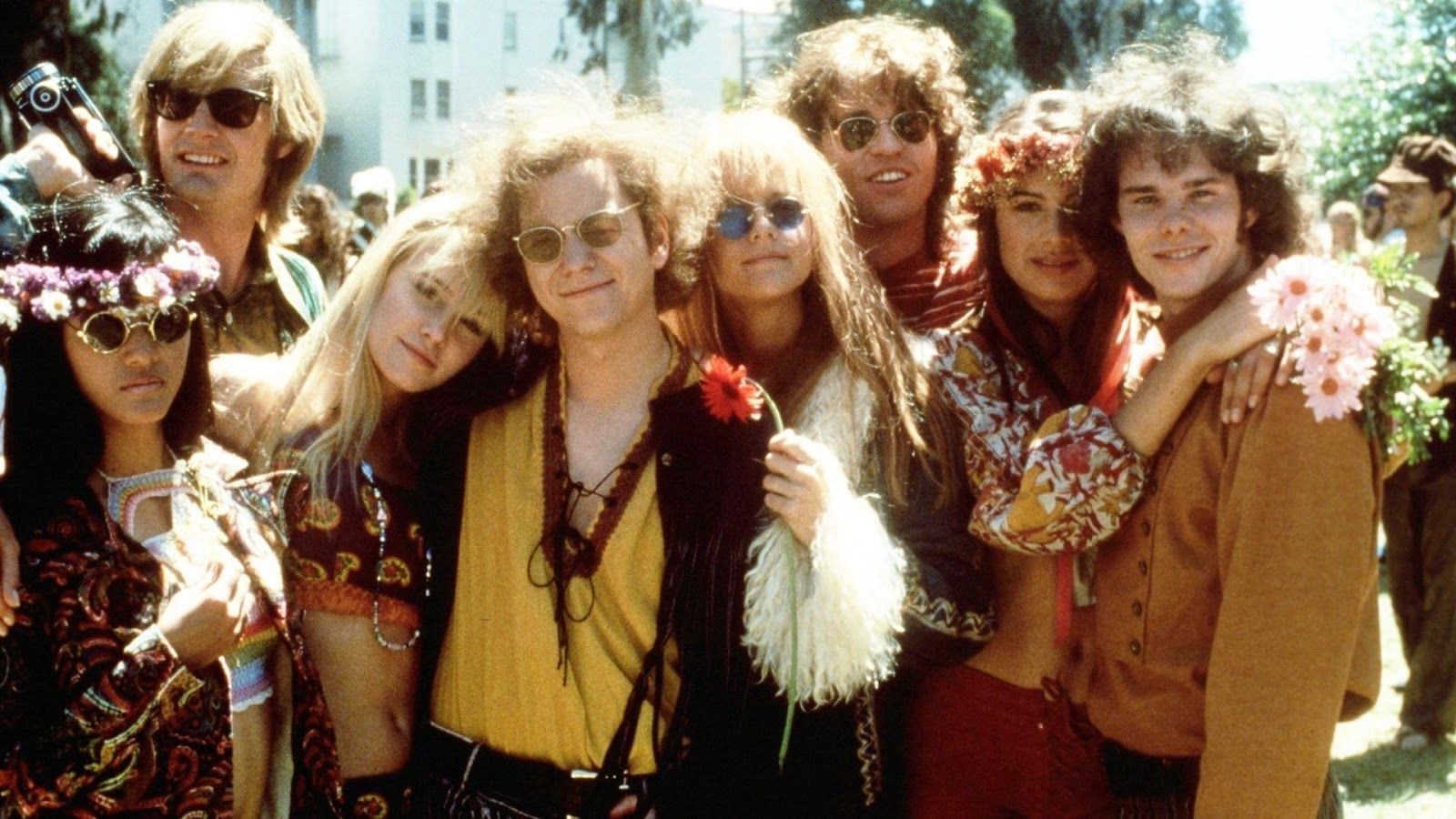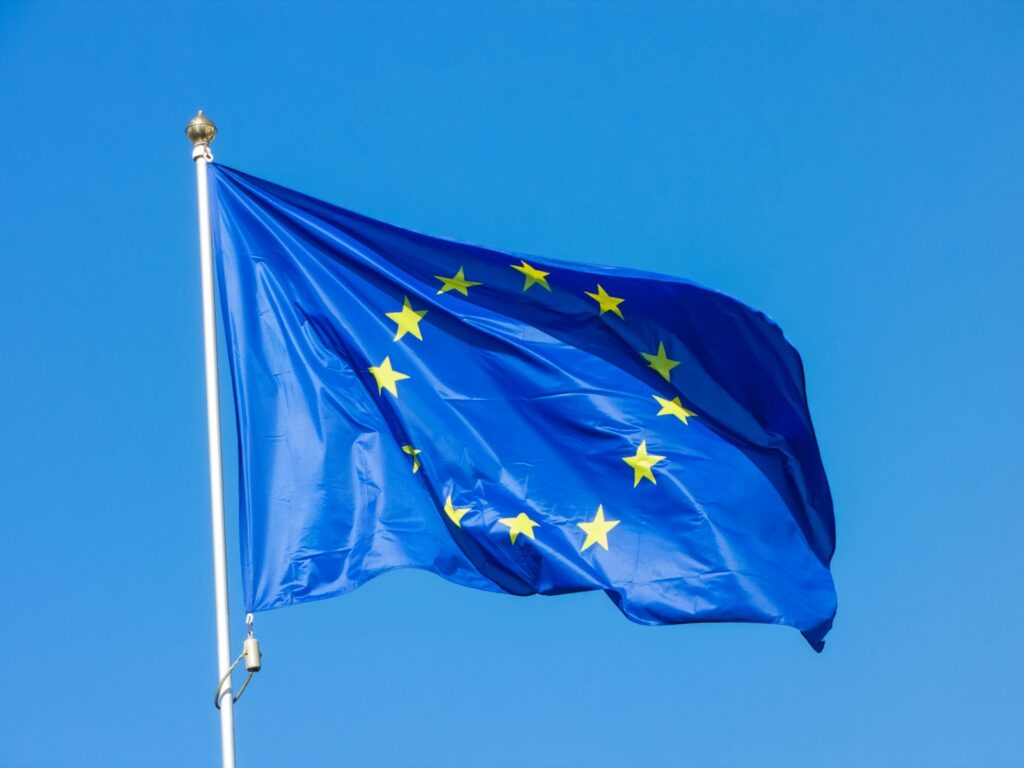
The European Union (EU) stands today as a unique supranational political and economic union, uniting 27 member states primarily located in Europe. Often characterized as a sui generis entity, it blends features of both a federation and a confederation, embodying a profound experiment in international cooperation that has reshaped the continent.
With an estimated population exceeding 450 million by 2025 and a vast area of 4,233,255 square kilometers, the EU represents a significant global presence. In 2023, its member states accounted for 5.5% of the world population, collectively generating a nominal gross domestic product (GDP) of approximately €17.935 trillion in 2024. This economic output represents about one-sixth of global economic output, underscoring the Union’s substantial influence on the world stage.
The genesis of the European Union is deeply rooted in the aftermath of two devastating World Wars, which spurred a profound desire for lasting peace and stability in Europe. Visions of European unity, present even before the 19th century, gained considerable momentum as a direct response to the extreme nationalism that had led to widespread conflict. Early proponents, such as John Maynard Keynes in 1920, proposed a European customs union to aid struggling post-war economies.
Significant organizations emerged, including the Paneuropean Union, founded in 1923, advocating for European integration. Aristide Briand, then Prime Minister of France and a Nobel Peace Prize laureate, famously delivered a speech at the League of Nations in 1929, urging a federal Europe to ensure peace and resolve the historic Franco-German animosity. These foundational ideas laid the groundwork for a more integrated future, seeking to prevent a recurrence of large-scale conflict.
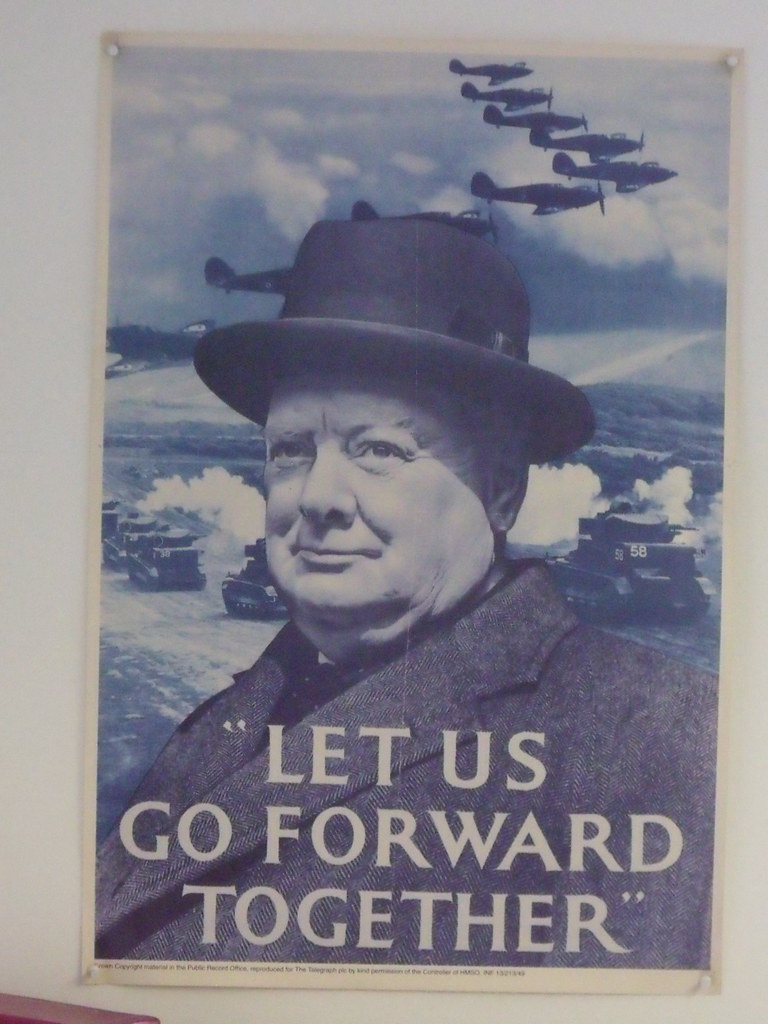
By the end of World War II, European integration was widely perceived as a vital antidote to the divisive nationalism that had plunged the continent into war. Winston Churchill, in a much-recognized speech in Zurich in September 1946, reiterated his calls for a “European Union” and a “Council of Europe,” reflecting a growing consensus among European leaders on the necessity of greater cooperation.
The institutionalization of modern European integration truly began in 1948. The Treaty of Brussels established the Western Union, followed by the formation of the Organisation for European Economic Co-operation (OEEC) to manage the Marshall Plan. A pivotal moment, the Hague Congress of May 1948, led to the creation of the European Movement International and, crucially, the Council of Europe on May 5, 1949, now celebrated as Europe Day.
The actual birth of what would become the EU’s core institutions followed the Schuman Declaration on May 9, 1950. Six nations—France, Belgium, the Netherlands, Luxembourg, West Germany, and Italy—responded by drafting the Treaty of Paris. This treaty, signed in 1952, established the European Coal and Steel Community (ECSC).
The ECSC, built on the International Authority for the Ruhr, was a strategic milestone, linking industries essential for waging war to make future conflicts between member nations far less likely. It was instrumental in European economic development and integration, and importantly, it became the origin of main EU institutions such as the European Commission and Parliament, setting a precedent for shared governance.

Further integration materialized with the Treaty of Rome in 1957, signed by the same six founding states. This landmark treaty created the European Economic Community (EEC) and established a customs union. Concurrently, another pact formed the European Atomic Energy Community (Euratom) to foster cooperation in developing nuclear power, with both treaties entering into force in 1958.
While operating separately from the ECSC initially, the EEC and Euratom shared common courts and a Common Assembly, signifying a deepening of institutional ties. The 1960s saw some tensions, notably France’s efforts to limit supranational power, but ultimately led to the Merger Treaty in 1965. This agreement, effective July 1, 1967, unified the institutions of the three communities, which were thenceforth collectively known as the European Communities.
Enlargement began in earnest in 1973, with Denmark, Ireland, and the United Kingdom joining the Communities. This period also saw the establishment of the Conference on Security and Co-operation in Europe (CSCE), a pan-European body that underscored a broader move towards détente and cooperation. The first direct elections to the European Parliament were held in 1979, further enhancing democratic legitimacy.
Greece acceded in 1981, followed by Portugal and Spain in 1986. A significant development in 1985 was the Schengen Agreement, which laid the groundwork for open borders without passport controls among most member states and some non-member states. This agreement was a pivotal step towards facilitating the free movement of people, a core principle of European integration.

The formal establishment of the European Union occurred on November 1, 1993, with the entry into force of the Maastricht Treaty. This treaty also rebranded the EEC as the European Community and introduced the Copenhagen criteria for candidate members, setting clear standards for democracy, human rights, market economy, and acceptance of EU law for future accession.
The expansion continued in 1995, welcoming Austria, Finland, and Sweden. A defining moment for European citizens and visitors alike came in 2002, when euro banknotes and coins replaced national currencies in 12 member states. The eurozone has since grown to encompass 20 countries, with the euro currency becoming the world’s second-largest reserve currency, a testament to its economic weight.
The largest single enlargement to date occurred in 2004, when Cyprus, the Czech Republic, Estonia, Hungary, Latvia, Lithuania, Malta, Poland, Slovakia, and Slovenia joined the Union. This historic expansion integrated a significant portion of Central and Eastern Europe, furthering the vision of a united continent and introducing new complexities to the Union’s internal dynamics.
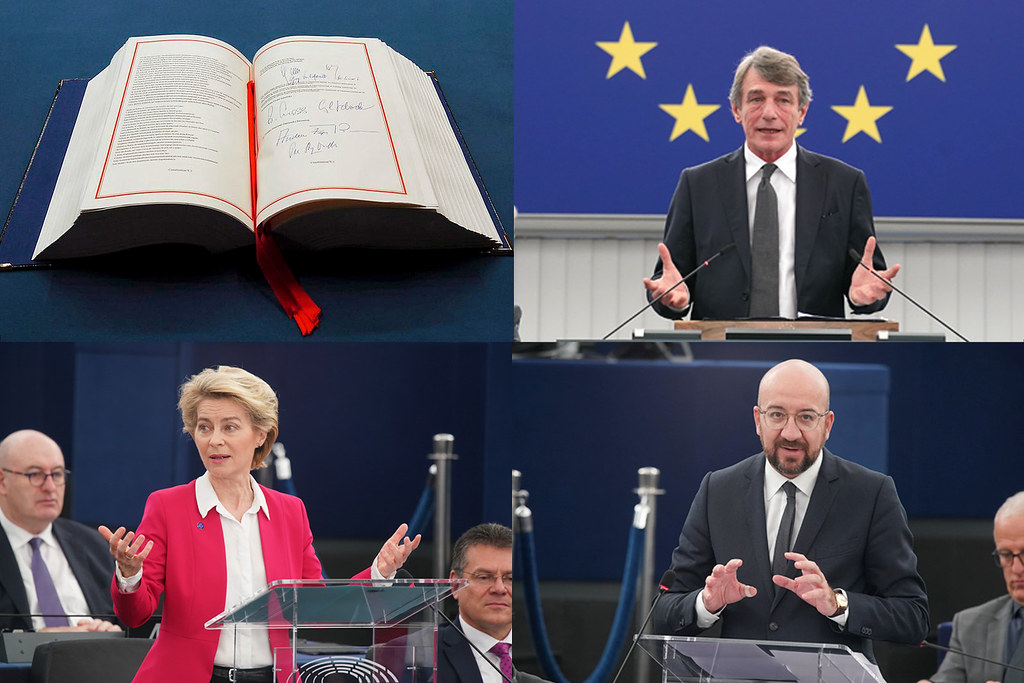
Subsequent years saw Bulgaria and Romania joining in 2007, and Croatia becoming the 28th EU member in 2013. The Lisbon Treaty, which came into force on December 1, 2009, significantly reformed many aspects of the EU’s legal structure. It merged the previous three-pillar system into a single legal entity with legal personality, created a permanent president of the European Council, and strengthened the position of the High Representative of the Union for Foreign Affairs and Security Policy.
In recognition of its profound contributions to peace and reconciliation, democracy, and human rights in Europe, the EU was awarded the Nobel Peace Prize in 2012. This honor underscored the transformative impact of its integration project, demonstrating its success in fostering stability across a continent historically prone to conflict.
Despite its achievements, the EU has faced significant challenges in the 2010s, including a debt crisis in some eurozone countries, a surge in asylum seekers in 2015, and the unprecedented withdrawal of the United Kingdom. The UK’s decision to leave, formalized in 2020 following a 2016 referendum, marked a critical moment in the Union’s history, testing its cohesion.
The early 2020s brought new trials and responses. The economic crisis triggered by the COVID-19 pandemic prompted EU leaders to agree for the first time on creating common debt to finance the Next Generation EU (NGEU) recovery program. This instrument, worth €750 billion and operating from 2021 to 2026, aimed to support member states severely impacted by the pandemic, showcasing the Union’s capacity for collective action in times of crisis.
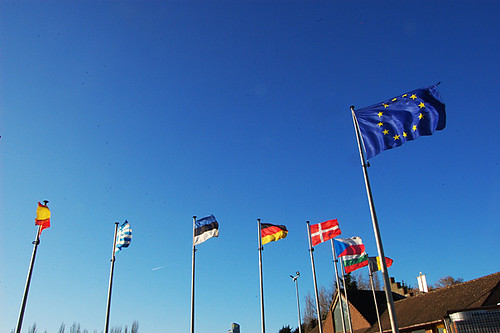
Beyond economic recovery, the EU demonstrated a unified front in response to geopolitical shifts, particularly the Russian invasion of Ukraine in February 2022. The Union imposed heavy sanctions on Russia and agreed on a pooled military aid package for Ukraine, funded via the European Peace Facility. These actions highlight the EU’s growing role in external relations and defense, evolving from its initial economic focus.
Looking ahead, preparing the Union for a new major enlargement is a significant political priority, with the ambitious goal of achieving 35 member states by 2030. Discussions are ongoing regarding institutional and budgetary reforms necessary to accommodate new members, ensuring the Union remains effective and cohesive as it grows.
Concerns have also been raised in May 2024 regarding the potential outcome of upcoming elections in June, which could undermine crucial EU policies in areas such as environment, diplomacy, and economy. Inflation and a lowering of living standards, partly attributable to the war in Ukraine, have created the possibility of strong changes in the 2024 elections, reflecting the dynamic interplay between global events and internal political landscapes.
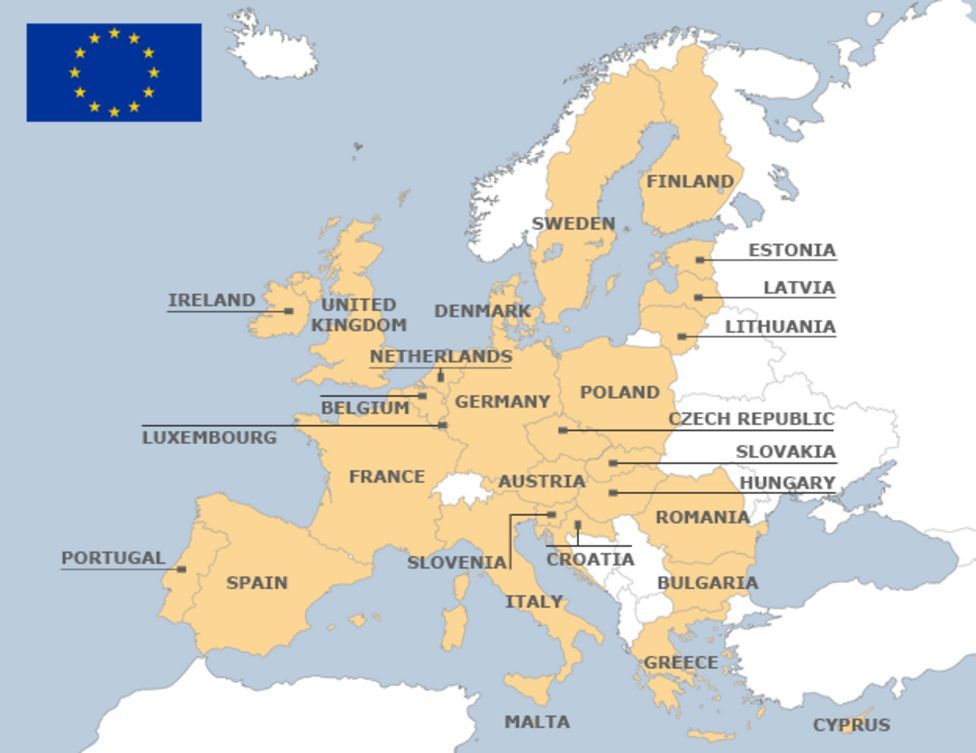
The European Union operates through a hybrid system, combining supranational and intergovernmental decision-making. Its actions are governed by the principles of conferral, meaning it acts only within competences granted by treaties, and subsidiarity, dictating action only when objectives cannot be sufficiently achieved by member states acting alone. EU policies are generally promulgated through directives, which require national implementation, and regulations, which are immediately enforceable.
Member states, while retaining principal powers, have collectively delegated certain competences to the Union, a practice known as “pooling of sovereignty.” In some areas, the EU holds exclusive competence, meaning member states have entirely renounced their legislative capacity. In others, competence is shared, allowing member states to legislate only where the EU has not. A third category involves supporting competence, where the EU coordinates, supports, and supplements member state actions without harmonizing national laws.
The EU’s cornerstone, the Customs Union, was foundational to establishing an internal single market, based on a standardized legal framework applying uniformly across member states in agreed matters. This single market ensures the free movement of people, goods, services, and capital, a core pillar of the Union’s economic and social fabric.
For visitors and citizens alike, the impact of these policies is most palpable in the Schengen Area. Here, passport controls have been largely abolished for travel within its borders, facilitating seamless movement across a vast expanse of the continent. This freedom of movement is a tangible benefit, enabling easier travel for tourism, business, and personal connections.
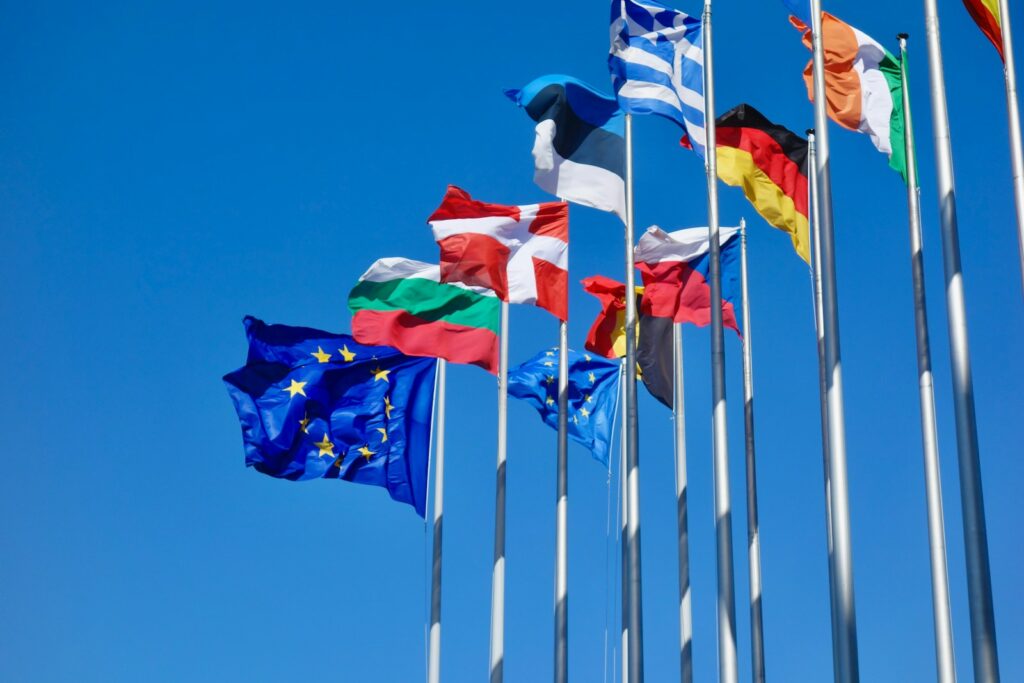
Beyond economics and policy, the EU fosters common policies on trade, agriculture, fisheries, and regional development, aiming for balanced growth and cohesion. Its commitment to social rights, equality, freedom, security, and justice further defines its broad mandate, extending far beyond mere economic cooperation to encompass a holistic vision for European society.
The EU maintains permanent diplomatic missions worldwide and represents itself at key international forums such as the United Nations, the World Trade Organization, the G7, and the G20, solidifying its role as a significant global actor. This extensive diplomatic presence underscores its influence in international affairs and its commitment to multilateralism.
From its origins as an aspiration for peace in post-war Europe, the European Union has evolved into a formidable political and economic force. Its journey, marked by continuous integration, successive enlargements, and the navigation of complex challenges, stands as a testament to the enduring vision of a united continent. It remains a dynamic and vital entity, constantly adapting to global shifts while upholding its core principles of unity, freedom, and prosperity, shaping the lives of its 450 million inhabitants and influencing the global landscape in profound ways.

